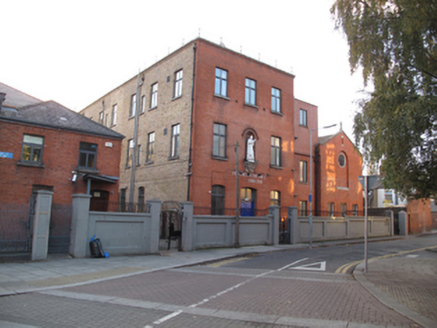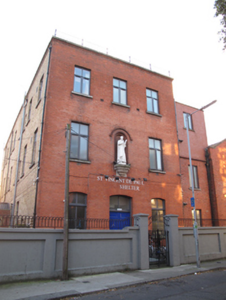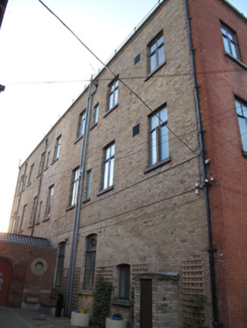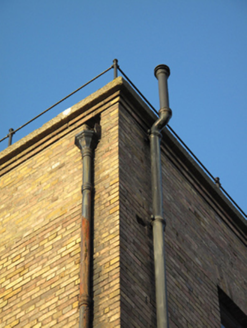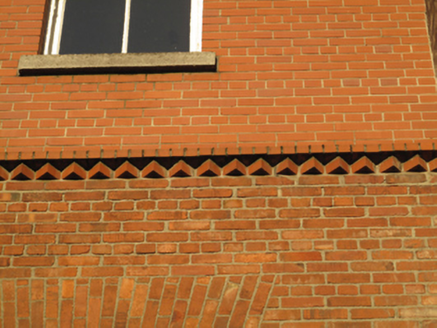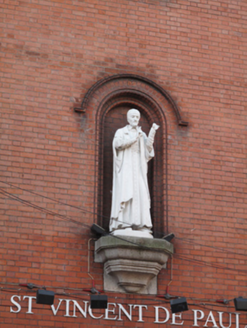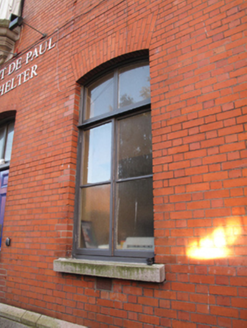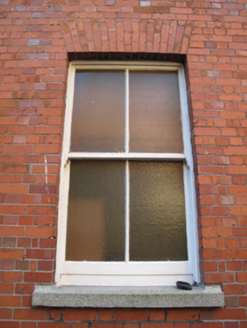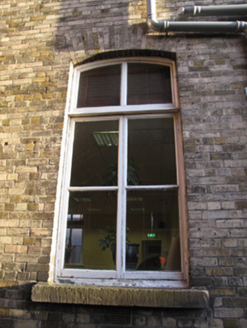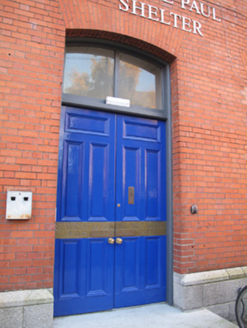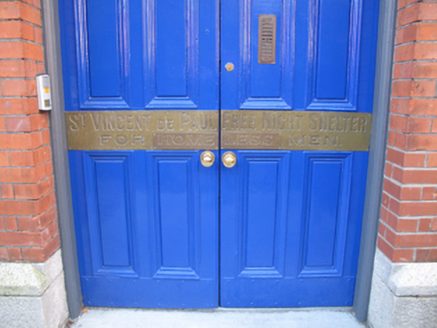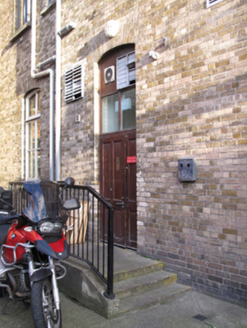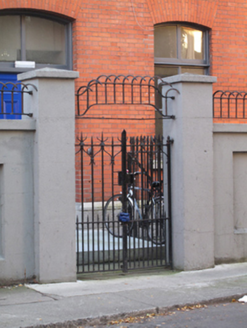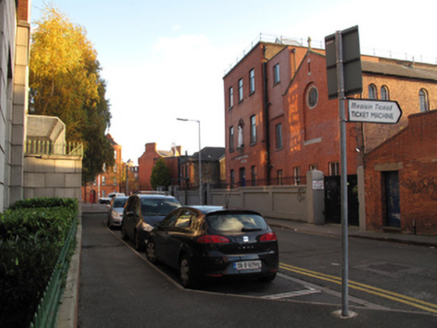Survey Data
Reg No
50080544
Rating
Regional
Categories of Special Interest
Architectural, Historical, Social
Previous Name
Catholic Young Men's Night Shelter
Original Use
Hostel (charitable)
In Use As
Hostel (charitable)
Date
1910 - 1920
Coordinates
315087, 233804
Date Recorded
04/11/2013
Date Updated
--/--/--
Description
Attached three-bay three-storey hostel, built 1915, having single-bay three-storey block to north-west elevation and recent entrance porch to south-east elevation. Single-storey extension over basement to rear (south-west) elevation. Flat roof, hidden behind brick parapet with granite coping and cast-iron railing, cast-iron rainwater goods. Yellow brick chimneystack abutting rear. Red brick laid in Flemish bond to front (north-east) elevation, yellow brick laid in English garden wall bond to side and rear elevations. Granite plinth course to front. Round-headed niche to first floor to front, moulded brick hood moulding and surrounds, granite pedestal and statue of Saint Vincent de Paul. Recent walls to second floor of block to north-west, sawtooth course over original wall. Square-headed window openings to first and second floors, segmental-headed window openings to ground floor, with granite sills and timber casement and replacement uPVC windows. Segmental-headed door opening to front, with bipartite timber-framed overlight and double-leaf timber panelled door. Brass name plaque to door. Segmental-headed door opening to north-west elevation, with timber panelled door, overlight and timber panel above. Cast-iron railings on concrete plinth enclosing basement area to rear. Rendered panelled walls enclosing site to front, surmounted by wrought-iron railings. Square-profile rendered piers having render capping, flanking double- and single-leaf wrought-iron gates.
Appraisal
This Saint Vincent de Paul night shelter was constructed to designs by Thomas Francis McNamara in 1915 to provide low-cost accommodation for working men, and later became a night shelter as homelessness became more apparent. Its substantial scale and form, with a regular fenestration arrangement creating a well-balanced, symmetrical façade, make it an imposing addition to Back Lane. The statue of Saint Vincent De Paul is notable, adding artistic and contextual interest. The building is of considerable social importance as an early twentieth-century example of purpose-built charitable accommodation.
